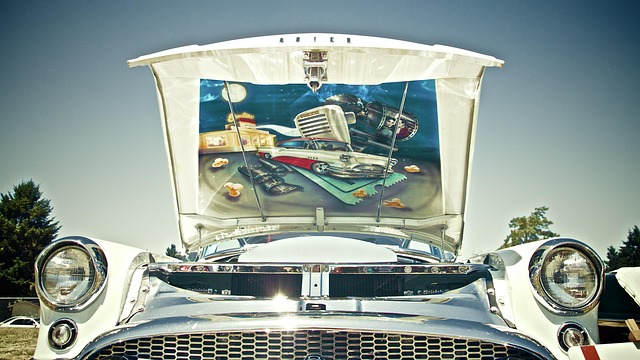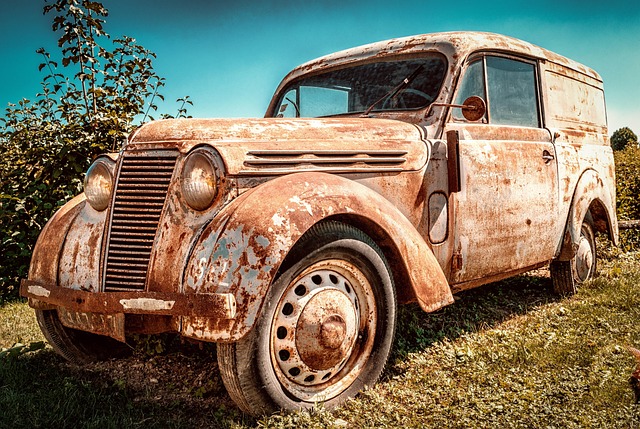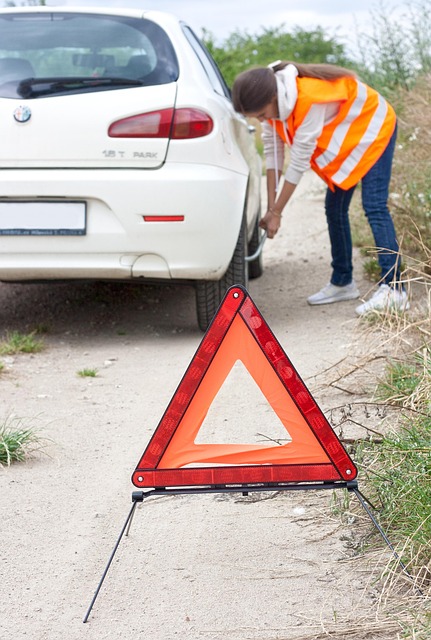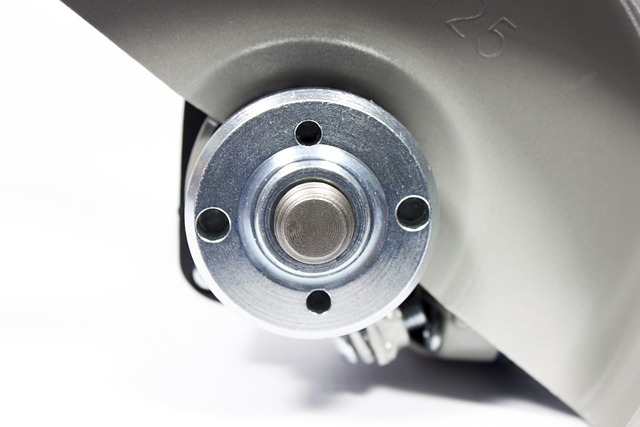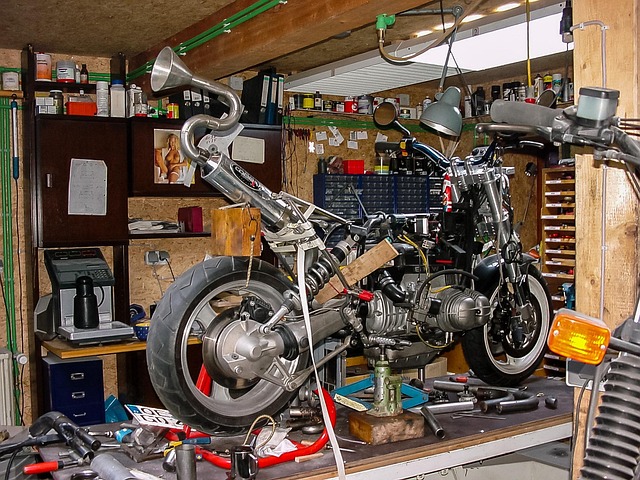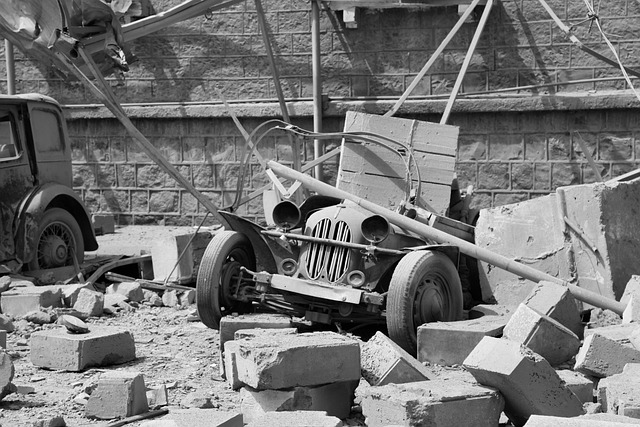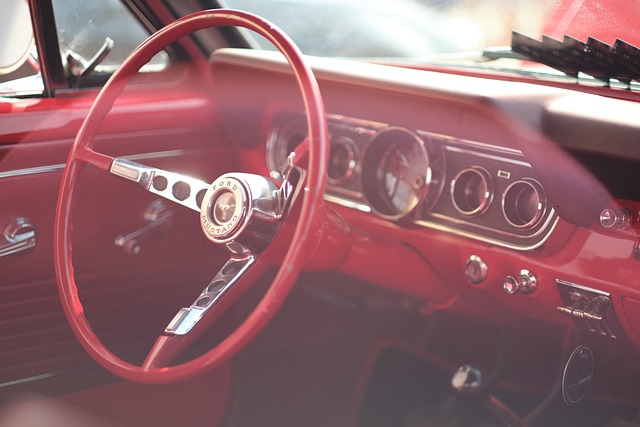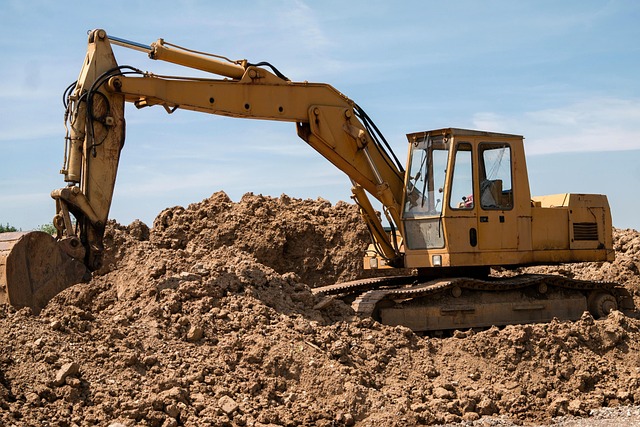Understanding windshield crack types is crucial for effective repair decisions. Minor chips can be fixed with resin injections, while severe cracks may require complete replacement. Advanced materials like polyurethanes, resins, and composites offer durable solutions. Selecting the optimal material—polycarbonate, acrylic, or laminated glass—for repairs ensures structural integrity and visual appeal, aligning with original manufacturing standards. Professional recommendations often favor polycarbonate or laminated glass replacements for their balanced strength, safety, and aesthetics.
When it comes to repairing a cracked windshield, understanding your options is key. This guide delves into the world of windshield crack repairs, focusing on effective materials that can restore your vehicle’s clear and safe vision. From understanding crack types to exploring popular repair materials, we’ll navigate you through the process. By choosing the right material for optimal results, you can ensure a strong, long-lasting fix, enhancing both the functionality and aesthetics of your windshield.
- Understanding Windshield Crack Types and Their Repairs
- Popular Materials for Windshield Crack Repair
- Choosing the Right Material for Optimal Results
Understanding Windshield Crack Types and Their Repairs
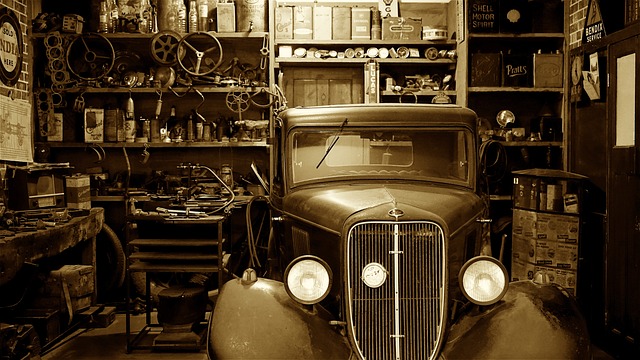
Understanding different types of windshield cracks is essential when determining the best repair method. Cracks can range from small chips and starbursts to longer cracks that may even run across the entire glass surface. These variations significantly impact the suitability of repair techniques. For instance, tiny chips often heal well with resin injections, while more extensive cracks might require a complete windshield replacement, especially if they compromise structural integrity.
When it comes to mercedes benz repair or any car restoration, knowing the crack type is crucial for choosing between simple fixes and full-scale collision repair services. Resin repairs are cost-effective and suitable for minor damage, enhancing both safety and aesthetics. In contrast, severe cracks might demand professional attention, ensuring a safe driving experience and maintaining the vehicle’s overall value, especially in cases like a classic car restoration.
Popular Materials for Windshield Crack Repair
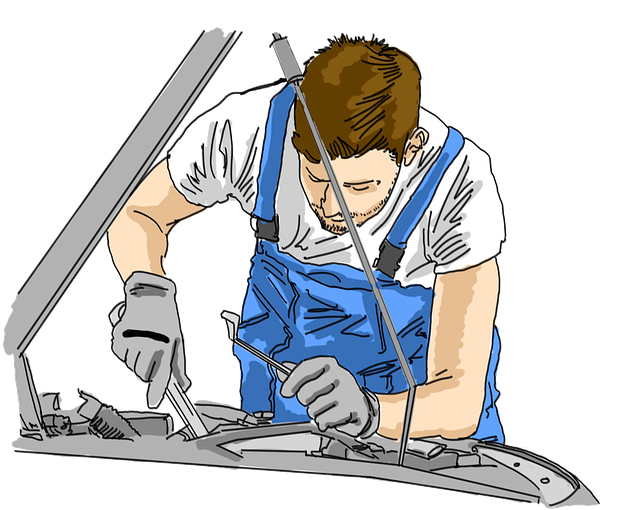
When it comes to addressing windshield crack repairs, several materials have gained popularity for their effectiveness and durability. Among them, polyurethanes stand out due to their exceptional bonding strength and flexibility, making them ideal for both small chips and larger cracks. This material seamlessly fuses with the existing glass, providing a strong, long-lasting fix that withstands everyday wear and tear.
Another commonly used substance is resin, known for its clarity and ability to mimic the original glass structure. Resin repairs are particularly effective for smaller cracks as they offer a clear, visually discreet solution. For more extensive damage, especially in cases of multiple cracks or larger breaks, composite materials are often preferred. These innovative composites combine the best of both worlds – the structural integrity of glass with the repairability of plastic – offering a robust mercedes benz repair option that enhances auto collision repair outcomes while preserving the vehicle’s aesthetic appeal during auto detailing processes.
Choosing the Right Material for Optimal Results
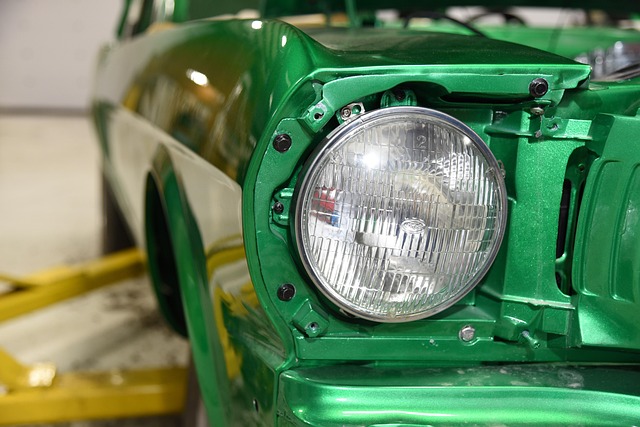
When it comes to choosing the right material for windshield crack repairs, the goal is always optimal results that match the original car manufacturing standards. The first step in achieving this is understanding the type and severity of the crack. Common materials used for repairs include polycarbonate, acrylic, and laminated glass, each with its own unique properties. Polycarbonate, known for its impact resistance and clarity, offers superior protection against further damage but can be more challenging to work with due to its rigid nature. Acrylic, on the other hand, is easier to mold and apply but may not provide the same level of durability as polycarbonate. Laminated glass, a staple in modern auto windshields, is designed to shatter into small, non-sharp pieces upon impact, enhancing safety.
For effective auto body restoration, the chosen material must blend seamlessly with the existing windshield. Repairs using car paint services should consider matching not just the color but also the texture and curve of the glass for a flawless finish. Professional auto repair services often recommend polycarbonate or laminated glass replacements, as they offer the best balance between durability, safety, and aesthetics. Choosing the right material ensures that your windshield crack repair not only fixes the issue but also enhances the overall look and safety of your vehicle, similar to how car paint services transform a car’s exterior.
When it comes to windshield crack repairs, understanding the type of crack and selecting the right material are key to achieving optimal results. Among the popular choices, resin and polyurea stand out for their durability and ability to bond strongly with glass. When choosing a material, consider factors like crack size, depth, and location. Resin is ideal for smaller cracks and chips, offering a clear, seamless repair. Polyurea, on the other hand, excels in filling larger cracks and providing exceptional impact resistance. By selecting the appropriate material based on crack characteristics, you ensure a strong, long-lasting repair that restores your windshield’s structural integrity and clarity.
